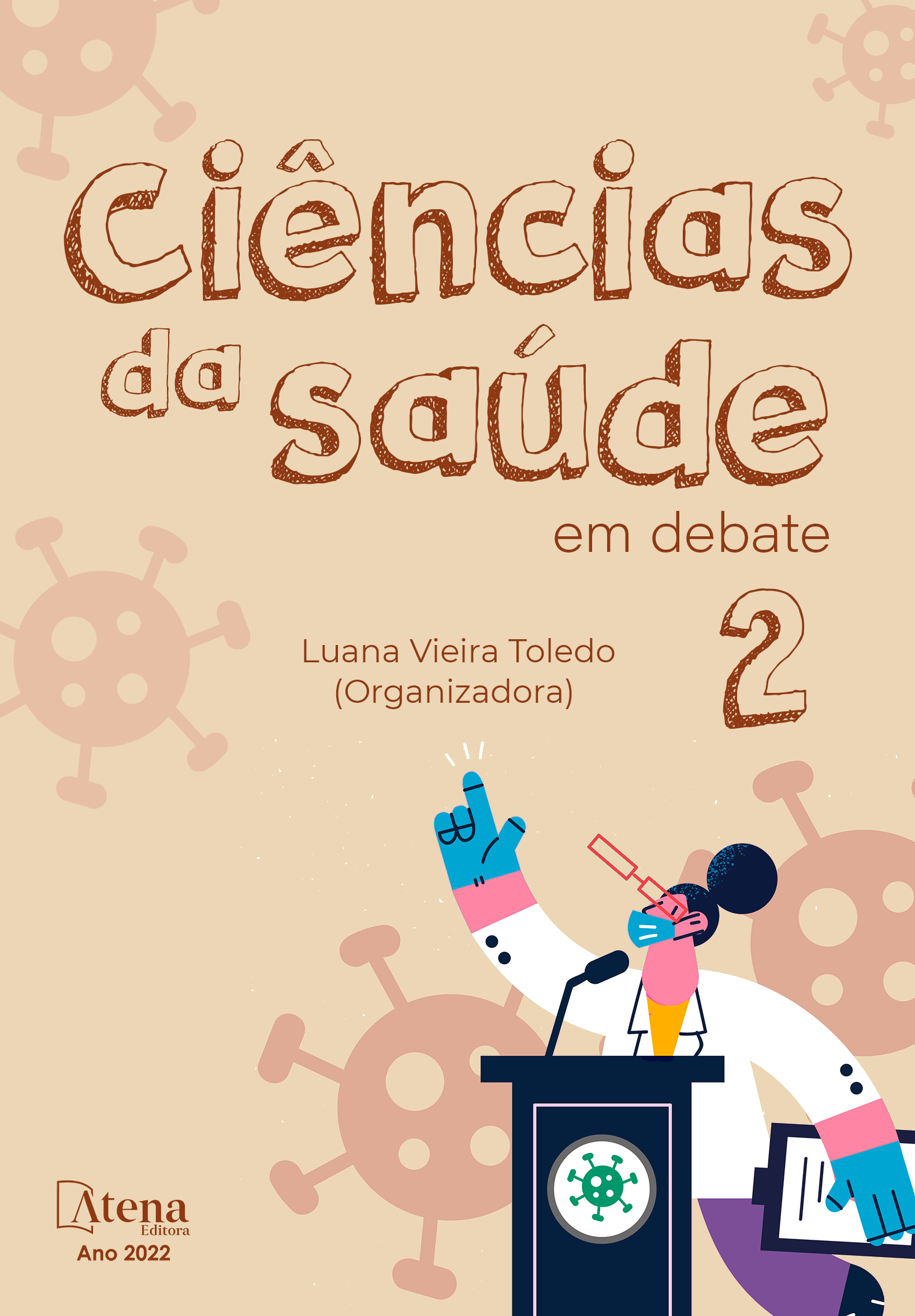
ANÁLISE DO NÍVEL DE ATIVIDADE FÍSICA EM CRIANÇAS OBESAS E SUA IMAGEM CORPORAL
A Obesidade Infantil aumentou no mundo todo, podendo ser caracterizada como uma nova epidemia mundial, tanto em países desenvolvidos como aqueles queestão em desenvolvimento. Objetivos:Levantar os problemas da obesidade infantil; analisar a imagem da criança obesas e identificar a consequência da falta de atividade física.Metodologia:A pesquisa é do tipo quali-quanti, descritiva. À amostra den=30 crianças obesas de ambos os gêneros foram divididas em dois grupos sendo 15 praticantes e 15 do grupo controle que nãopraticava atividade física na faixa etária de 08 a 10 anos. O instrumentoutilizado para avaliar o autoconceito em criançasfoi a Escala de Autoconceito Infanto-Juvenil (EAC-IJ), de Sisto e Martinelli (2004). Parte-se do pressuposto de que o autoconceito é um construto multidimensional, no sentido de que há vários elementos importantes que o compõem.Analise estatística:Foram utilizados os testesShapiro-Wilk, teste t de Studente o teste exato de Fisher. O nível de significância adotado foi de p< 0,05 e todas as análises foram conduzidas no software Statistical Package for Social Sciences (SPSS) versão 22.0. Resultados:A média de IMC= 23,05 ± 0,80 kg/m²) e 15 não praticantes (idade= 8,93 ± 0,70 anos; IMC= 22,63 ± 0,68 kg/m²). Dentre as praticantes, as principais modalidades foram futebol (26,7%), voleibol (23,3%), basquetebol (26,7%) e Handebol (23,3%). Em média, elas já praticavam essa modalidade há 2,13 ± 1,46 anos, com frequência semanal de 2,13 ± 0,74 vezes e duração de 24,67 ± 5,16 minutos. As demais, o turno favorito para a prática foi o vespertino (60%).Conclusão:Com base nos achados ficou clara a necessidade de realizar estudos que favoreçam as evidências dos efeitos de tratamentos baseados em exercícios físicos associados ao controle da obesidade infantil, envolvendo maiores amostras e um direcionamento a elaboração de programas que inclui exercícios físicos específicos e acompanhamento nutricional.
ANÁLISE DO NÍVEL DE ATIVIDADE FÍSICA EM CRIANÇAS OBESAS E SUA IMAGEM CORPORAL
-
DOI: 10.22533/at.ed.4452216028
-
Palavras-chave: Atividade física.Obesidade infantil. Imagem corporal.
-
Keywords: Childhood Obesity. Body Image. Physical Activity.
-
Abstract:
Introduction: Childhood Obesity has increased worldwide and can be characterized as a new global epidemic in both developed and developing countries. Objectives: To raise the problems of childhood obesity; analyze the image of the obese child and identify the consequence of lack of physical activity. Methodology: Sample of n = 30 obese children of both genders were divided into two groups: 15 practitioners and 15 non-practitioners of physical activity in the age group of 08 to 10 years. The instrument used to evaluate self-concept in children was the Infanto-Juvenile Self-Concept Scale (EAC-IJ), by Sisto and Martinelli (2004). It starts from the assumption that self-concept is a multidimensional construct, in the sense that there are several important elements that compose it. Statistical analysis: Shapiro-Wilk tests, Student's t-test and Fisher's exact test were used. The level of significance was set at p <0.05 and all analyzes were conducted in the Statistical Package for Social Sciences (SPSS) software version 22.0. Results: Mean BMI = 23.05 ± 0.80 kg / m²) and 15 non-practitioners (age = 8.93 ± 0.70 years, BMI = 22.63 ± 0.68 kg / m²). Among the practitioners, the main modalities were soccer (26.7%), volleyball (23.3%), basketball (26.7%) and Handball (23.3%). On average, they had practiced this modality for 2.13 ± 1.46 years, with weekly frequency of 2.13 ± 0.74 times and duration of 24.67 ± 5.16 minutes. The others, the favorite shift for practice was evening (60%). Conclusion: On the basis of the findings, it was clear the need to carry out studies that favor the evidence of the effects of treatments based on physical exercises associated to the control of childhood obesity, involving larger samples and a directing the elaboration of programs that includes specific physical exercises and nutritional monitoring.
-
Número de páginas: 15
- LUDMILA FERREIRA DOS SANTOS
- DALMA HONORIA DE ARRUDA
- MIGUEL AUGUSTO MARQUES SANTOS
- RONALDO RODRIGUES DA SILVA


